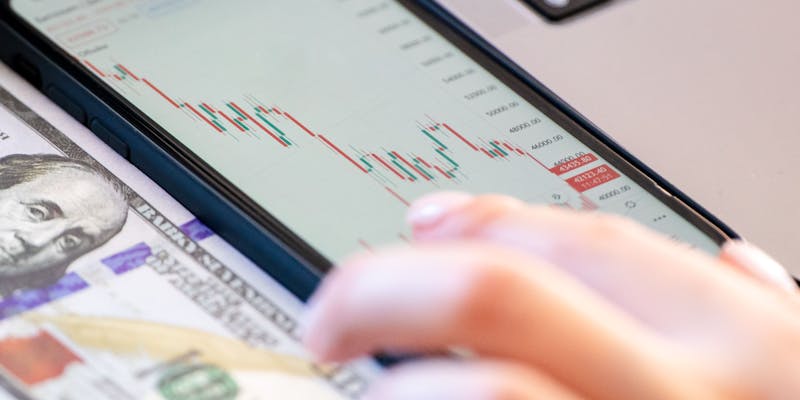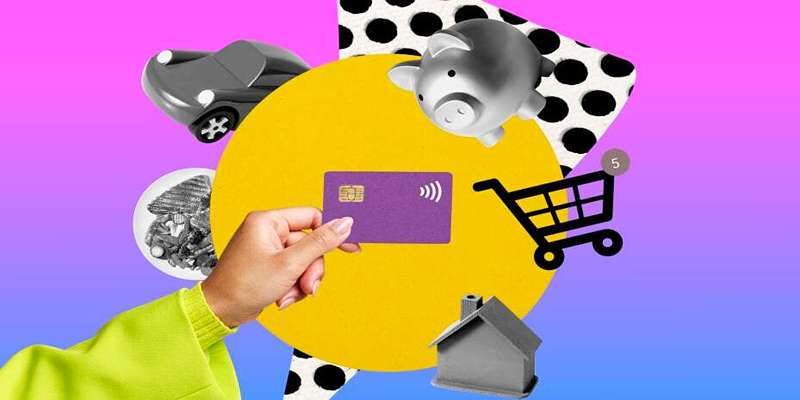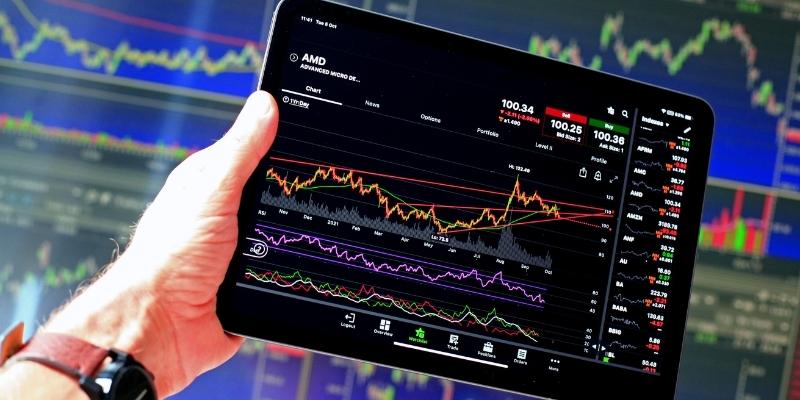Oct 20, 2023 By Susan Kelly

Hedgers and speculators in commodities need to pay attention to the form of the futures curve. If commodities futures markets are in Contango or normal backwardation, it is important information for both parties. However, there is a common misunderstanding that these two curves are the same. The terms contango and normal backwardation describe the trend of prices over time, specifically whether or not the contract price is going up or down.
For example, in 1993, the German firm Metallgesellschaft lost almost $1 billion because its management used a hedging mechanism that benefited from regular backwardation markets but failed to account for a change in contango markets.
What is Contango?

The term "Contango" is used to describe a market environment in which the underlying's Spot Price (St) is lower than the Futures Price (Ft) at a given moment. Since the front-month Brent Crude futures contract is now selling for $55/barrel (the futures price for June 27 on June 1 is $55/barrel), the market is considered to be in Contango concerning the Brent Crude Contract.
Prices for both the spot market and the futures market fluctuate following market expectations due to supply and demand, news, etc., but at the contract's end, they equal out.
What is Backwardation?
Backwardation is a market condition in which the Spot Price of the underlying (St) is higher than the Futures Price (Ft) at a given moment. If the front-month Brent Crude futures contract costs $45 per barrel on June 1, then Brent Crude is backward. Prices for both the spot market and the futures market fluctuate following market expectations due to supply and demand, news, etc., but at the contract's end, they equal out.
Key Distinctions

- If the spot price rises above the futures price, we have backwardation; if the spot price falls below the futures price, we have Contango.
- Backwardation occurs owing to factors such as high convenience yield, high futures demand, high spot asset demand, high lots supply, etc. However, Contango occurs when there is excess futures or spot asset supply, excessive demand for large quantities of spot assets, etc.
- As the holder of a long futures position, you stand to profit from normal backwardation, but you stand to lose money in Contango at first.
- As the holder of a short futures position, you should expect negative results from normal backwardation and favourable results from Contango in the short term.
- When the future price curve is sloping downward, the commodities market is said to be in normal backwardation. Contango, on the other hand, is indicative of an upward trend in the forward price curve in the commodities market.
What Causes a Contango or Backwardation?
One possible explanation is that there is an abnormally high demand for, or supply of, the underlying spot asset or futures market, which leads to Contango or backwardation, respectively.
Contango
A fancy-sounding word means the costs of holding the underlying asset with you. Do you, for instance, not use a bank-safe deposit box to store your most important papers? You could be worried that mice will gnaw on them, that you'll misplace them, or that they'll be stolen. Commodities are the same way.
If you have to pay to keep the underlying item somewhere — in a warehouse, a locker — you might think twice about making the purchase right now.
As a result of going long on the futures contract, you can put off buying the underlying asset in the spot market, allowing you to hold onto more cash. At the same time, it earns interest until the underlying asset is bought in the futures market. Thus, the present futures price reflects the compounded spot price until the asset is acquired in the future.
Backwardation:
Convenience Yield (y)
There may be concern among industries and major corporations that a product, such as oil, may become scarce. This means they're hinting at boosting their oil barrel stockpile sooner rather than later.
Oil is in low supply; thus, they are reluctant to sell their stockpile. Spot Price increases due to this sentiment and momentum, but futures market prices fall due to lower demand. The "fear premium" is a component of the current market price.
Conclusion
It is important to distinguish between a backwardation market and a contango market, which both include normal futures curves. Backwardation occurs when the forward price curve slopes downward, indicating that the market is somewhat inverted. In contrast, Contango occurs when the forward price curve slopes upward, indicating that the market is relatively normal.
-

Groundfloor Investment: Can You Really Achieve 10% Returns?
Jul 31, 2024
-

Top Alternatives to Robinhood: Best Apps for Former Users
Jul 31, 2024
-

How Does Long-Short Equity Work?
Dec 29, 2023
-

Investing in your 40s: 8 keys to be ready to retire
Feb 10, 2024
-

What Are The Most Important Things To Remember Regarding An Expired Card?
Oct 29, 2023
-

Guide To Credit Card Special Offers And Limited-Time Promotions
Nov 07, 2023
-

Personal Loans For American Expats: What’s The Best Option?
Feb 08, 2024
-

Teach Kids About Charity
Feb 21, 2024
-

Pros in the Field of Investment Fund Management
Oct 16, 2023
-

Discuss All About: U.S. Military Budget, Its Components, Challenges, and Growth
Oct 19, 2023
-

Get to Know How to Use the Dividend Discount Model to Value Stock
Oct 05, 2023
-

How Exchange-Traded Funds Can Help You Invest Abroad
Dec 19, 2023